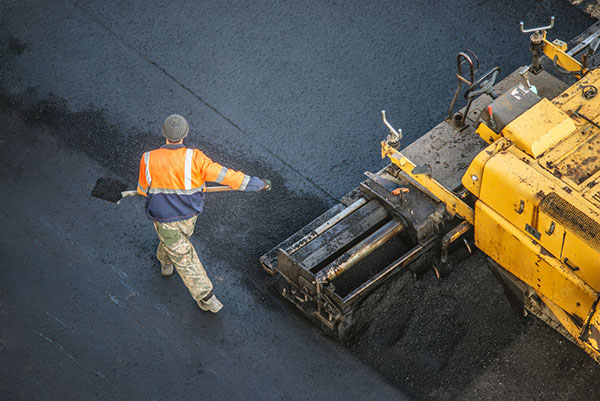- 2023 Fall
Asphalt Forum

NCAT invites comments and questions submitted to Steven Stiefel at sds0082@auburn.edu. The following responses were received to questions shared in the previous issue.
Shawn D. Jack, West Virginia DOT
WVDOH uses an Excel-based workbook for mix designs. The workbook format allows us to incorporate all design requirements while allowing the sheets to communicate and automatically populate in-house forms.
NATHAN MAACK, MICHIGAN DOT
Michigan DOT has a spreadsheet that was developed in-house for reviewing contractor submitted mix designs. Contractors are free to use whatever tools they wish to develop their mix design but our spreadsheet is the contract document used for production. Very rarely is there a major difference between our numbers but when there is we work with the contractor to resolve it.
ASHLEY BUSS, IOWA DOT
Iowa DOT uses a spreadsheet called SHADES. There are macros to automate updates from our aggregate database. The spreadsheet allows import from Hamburg test results. The mixture design spreadsheet will import Iowa DOT's plant report (also a spreadsheet) which is used during production. The spreadsheets are used to populate databases. We use FME software to perform this.
Which state DOTs pay for binder as a separate binder vs. which consider it incidental to the pant mix payment? Wyoming pays for it separately but I've heard that the majority of states don't.
- Greg Milburn, Wyoming DOT
H. ANDERSON, UTAH DOT
We pay for the binder as part of the mix.
ROBERT REA, NEBRASKA DOT
Nebraska pays for binder separately. Virgin binder quantity savings in the mix that is reduced by the use of RAP, is shared with the contractor. Contractor receives 15% of the savings and the NDOT gets 85% of the binder savings.
NATHAN MAACK, MICHIGAN DOT
Michigan DOT pays for as incidental to the mix cost.
ASHLEY BUSS, IOWA DOT
Iowa DOT pays for it separately and I believe we avoid many issues in doing so.
GREGORY SCHOLAR, FLORIDA DOT
At FDOT, asphalt binder is included in the unit cost of the mix. It is not a separate pay item.
VINCENT BATTISTA, COLORADO DOT
CDOT does both. One region pays separately, and the other four do not. I'm not sure the historic reason behind the discrepancy, but we do not see significantly different mix designs between the two (other than those due to geographical differences).
ERIC BIEHL, OHIO DOT
Ohio DOT considers binder incidental.
Are there any states who are using bag house fines as "mineral filler" in SMA mixes?
Are you experiencing any issues with using them?
- Susan Dukes, South Carolina DOT
ROBERT REA, NEBRASKA DOT
We really like SMA's but we don't have the abundance of materials necessary to make these mixes. When we used to produce SMA mixes, we had to import quite a bit of quartzite from South Dakota. We did not use bag house fines as filler.
Has anyone experience significant issues achieving compaction in the field with some of the "extreme" MSCR grades, i.e., 58V-34? or 58E-34? Any other issues when moving to MSCR from the field?
Our switch from -28 to -34 has everyone nervous.
- Oak Metcalfe, Montana DOT
ERIC BIEHL, OHIO DOT
No issues we are aware of in Ohio. We don't use MSCR, but we have PG-88-22 and haven't had issues. Most issues we saw early with that grade was the binder thickening while waiting to be used, which would lead to compaction issues.
ROBERT REA, NEBRASKA DOT
No significant issues for Nebraska. The minus 34 starts with a softer base binder. The V and E grades have required the same or similar compaction efforts due to the high polymer loading required to meet this grade.